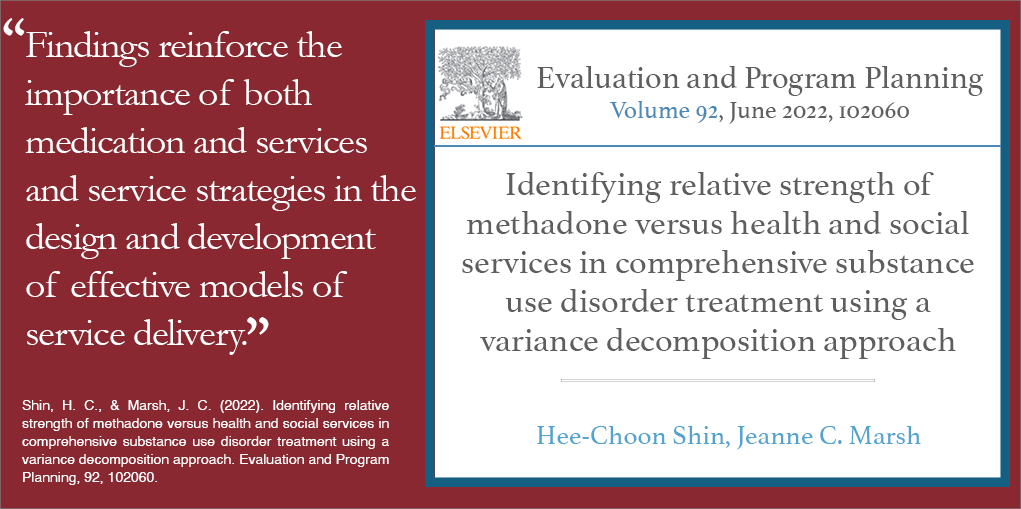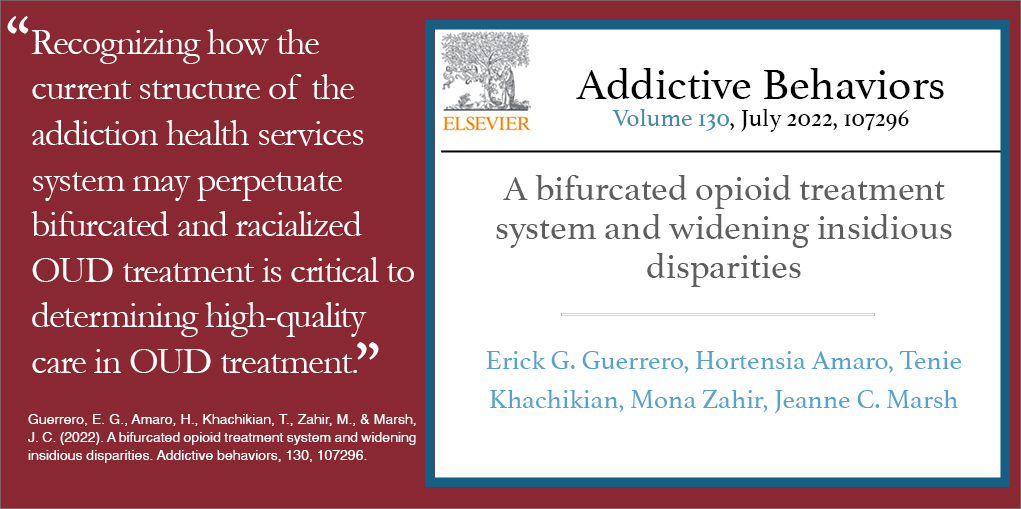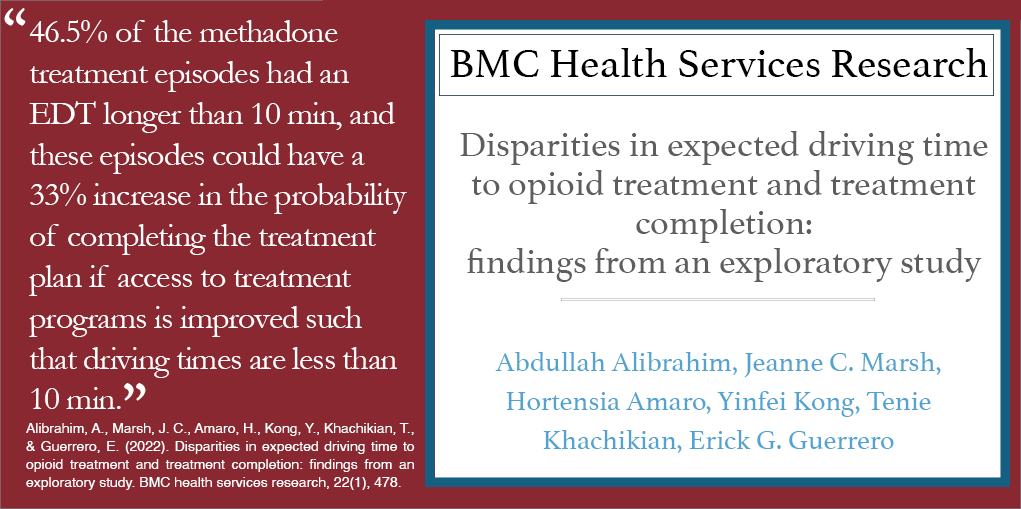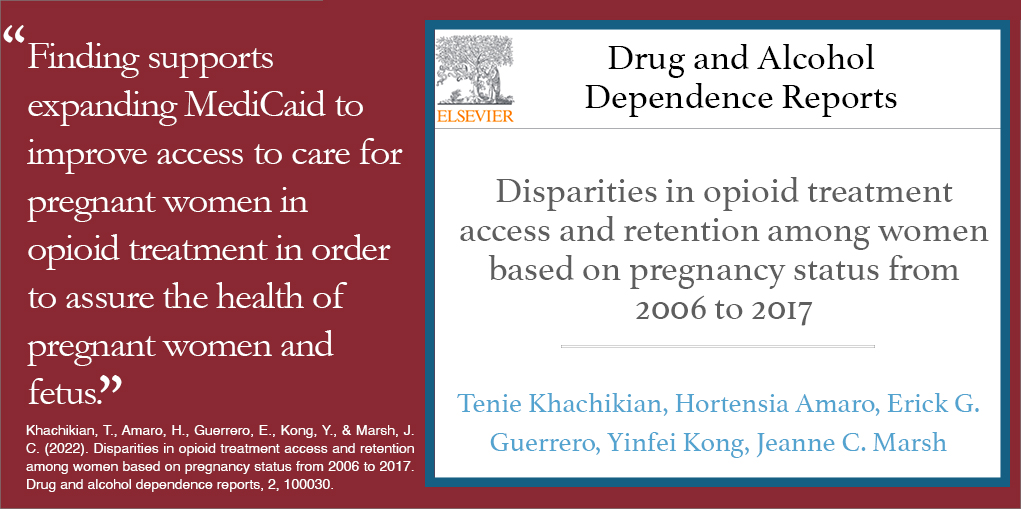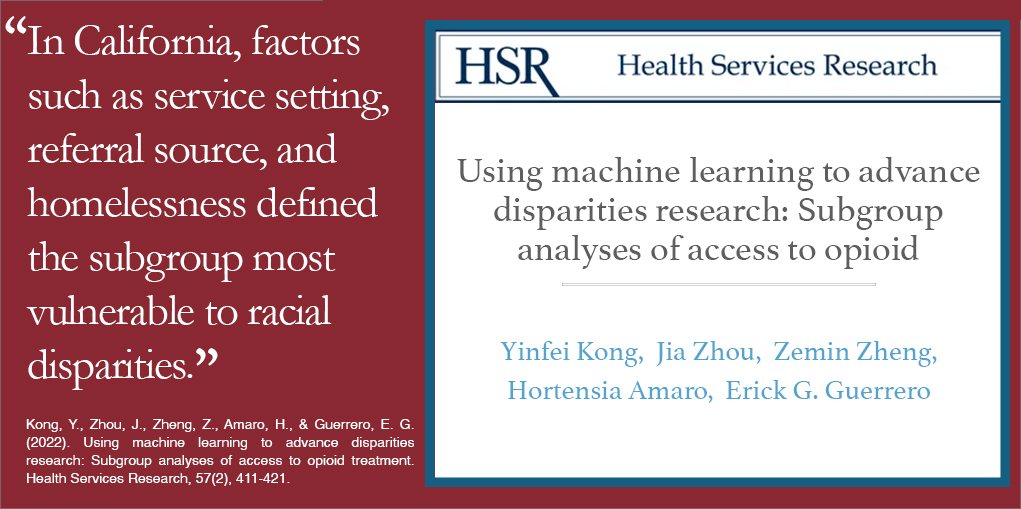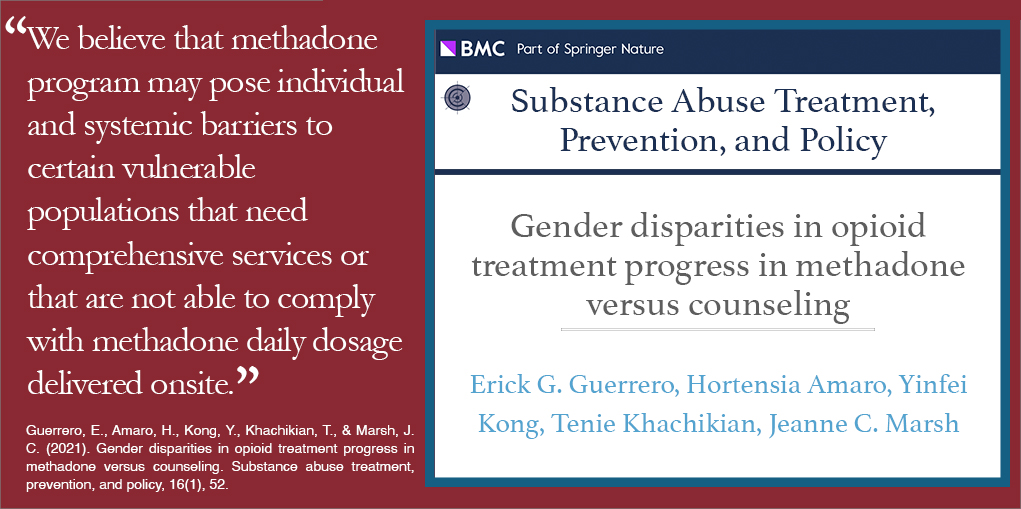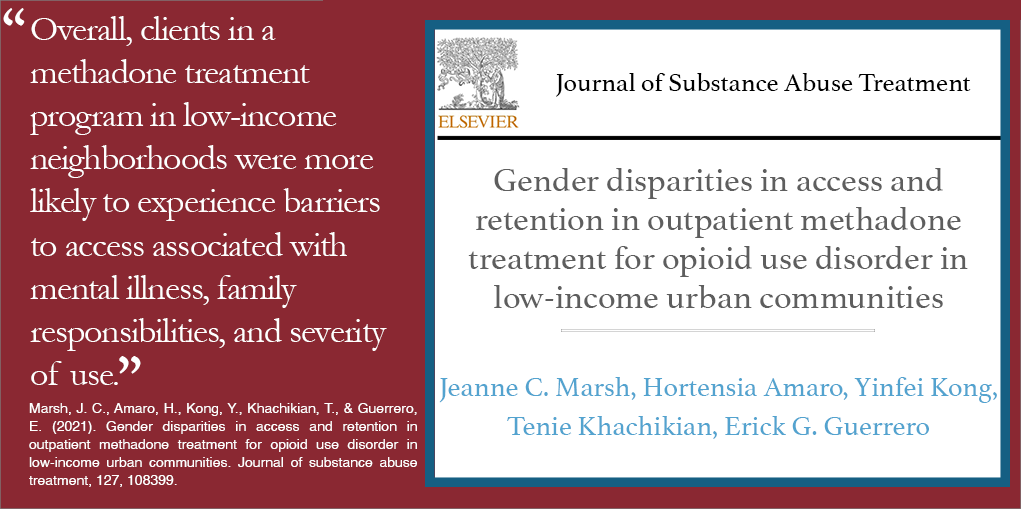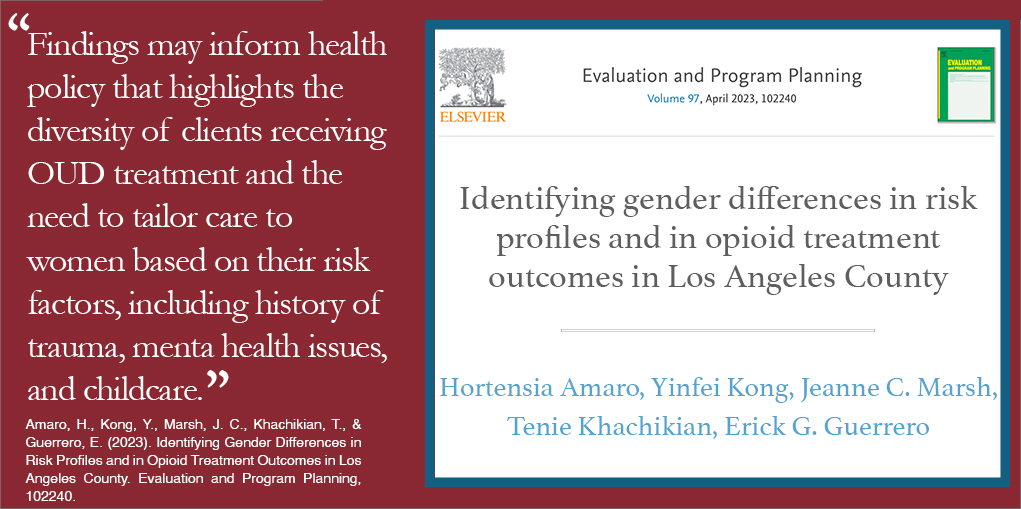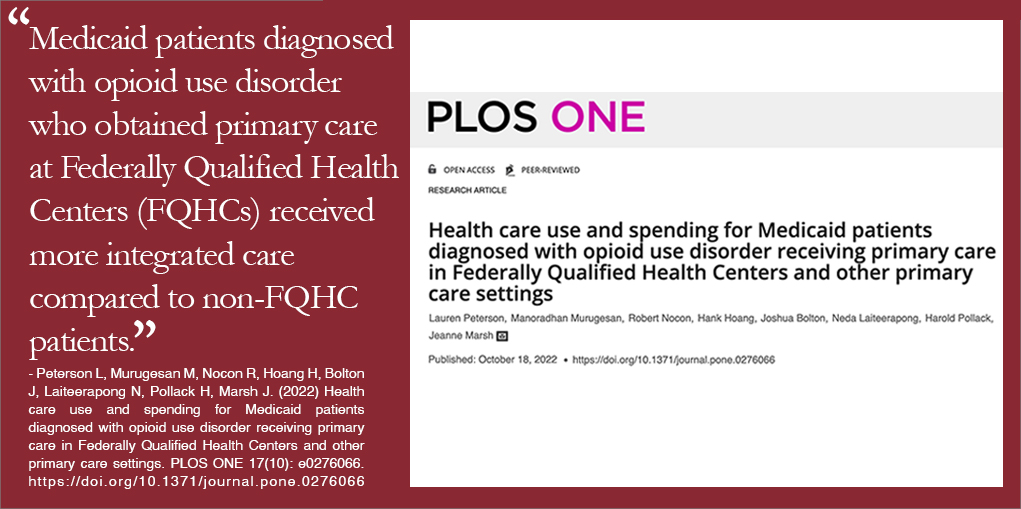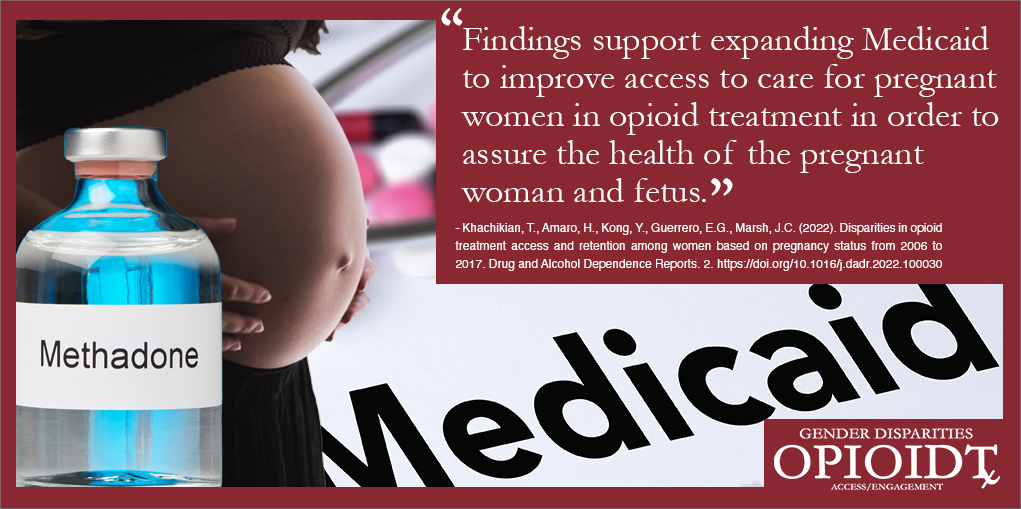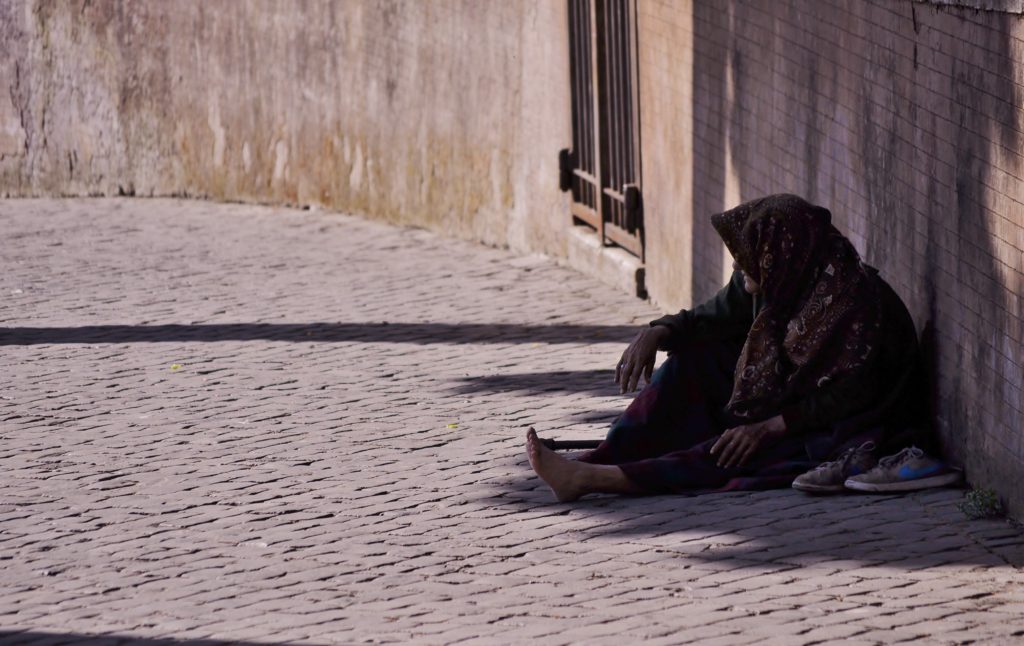What Researchers Discovered About Culturally Competent Drug Treatment for Homeless Persons: A Brief Analysis
In an effort to identify ways treatment providers can be more effective at treating drug addiction among some of the most vulnerable individuals in our society, University of Southern California Associate Professor, Erick Guerrero and his research team examined one of the largest samples of urban homeless individuals under treatment for drug use in the United States. The team examined the substance abuse treatment outcomes for 2,158 individuals receiving care in 2011, all of whom self-identified as homeless. This is particularly poignant considering Los Angeles County laid claim to approximately 10 percent of the United States’ homeless population in 2016, according to the study.
Dr. Guerrero and coauthor, Dr. Yinfei Kong are both members of USC’s Integrated Substance Abuse Treatment to Eliminate Disparities (iSATed) team. As such, they have tested whether culturally responsive practices of treatment programs can reduce drug use among homeless persons. Their study, published in Evaluation and Program Planning, is innovative in that it examines how the quality of SUD treatment programs impacts homeless drug use with different living arrangements. Cultural competence is defined as “a series of policies, practices and attitudes that allow providers and programs to effectively respond to the cultural services needs of individuals.” (Cross, Bazron, Dennis, & Isaacs, 1989)While some studies show SUD treatment programs with culturally competent practices are associated with increased retention for Latino and African-American clients, less is known about how these practices impact vulnerable homeless populations. The study explains that culturally competent treatment (i.e. providing culturally diverse, bilingual services in an inclusive setting) often results in “effective communication, more accurate diagnosis, a positive therapeutic alliance, and greater satisfaction with treatment.”
The study factored in how residential instability can affect SUD treatment; those studied were placed in the following categories: “(1) living with friends or family (indoors and stable); (2) in a shelter (indoors and unstable) or (3) on the streets (outdoors).” Further, common provider practices were taken into account, including the following:
“(1) knowledge of racial and ethnic minority community needs; (2) personal involvement in racial and ethnic minority communities; (3) development of resources and linkages to serve racial and ethnic minorities; (4) reaching out to racial and ethnic minority communities; (5) hiring and retention of staff members from racial and ethnic minority backgrounds; and (6) development of policies and procedures to effectively respond to the service needs of racial and ethnic minority patients.”
Additionally, critical factors like whether the program complies with state licensure, accepts Medicaid payments and has premier professional accreditations as well as receives public funding were also taken into account.
Overall, the study found the following:
(1) Homeless individuals living outdoors reported drug use at discharge more often than those living in stable indoor settings.
(2) Two community-based culturally responsive practices – (a) treatment staff’s personal involvement in minority communities and (b) the SUD program’s outreach activities – both played an important role in decreasing drug use among individuals in all living arrangements.
(3) Living arrangements are associated with drug use at discharge and the degree of implementation for culturally competent program practices. Further, decreased drug usage was ultimately linked to clients who obtained treatment in SUD programs with increased links to minority communities and those that implemented those resources.
Overall, though programs serving homeless persons living outdoors reported “the lowest implementation of community-based culturally competent practices,” these findings prove that outreach and investing in communities is integral to promoting sobriety to the most vulnerable within the homeless population. The study further shows that homeless individuals living with friends or family can benefit from increased restrictions or surveillance because this group showed a significant increase in the use of their primary drug within this category. Overall, the study provides evidence for LA County policy to consider the severity of individuals’ drug use, living arrangements and psychosocial status in an effort to support and encourage clients’ steps toward sobriety.
Please click here to access the study in its entirety.
Source: “Response to culturally competent drug treatment among homeless persons with different living arrangements”, Evaluation and Program Planning




